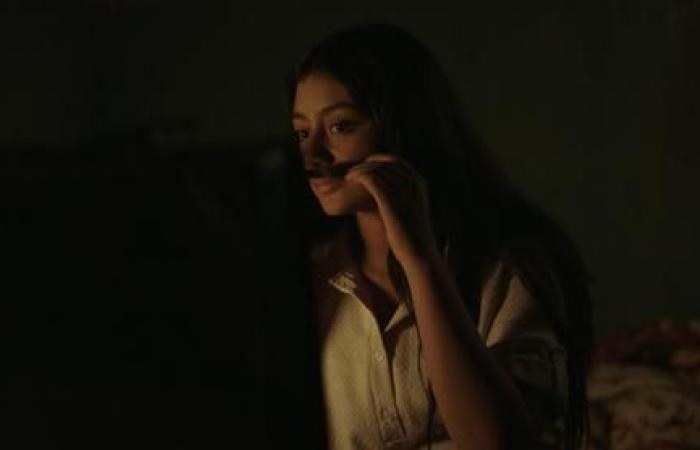THE “WORLD’S” OPINION – MUST SEE
We remember the happy surprise that was Wadjda (2012), by Saudi director Haifaa Al-Mansour, the first film to ever be produced in Saudi Arabia – a country where, moreover, cinemas reopened in 2018, after thirty-five years of closure. This comedy, which had its world premiere at the Venice Film Festival, followed the irrepressible desire of a teenager to ride a bicycle, an activity forbidden to women until 2013. The ambition of the work, both aesthetic and political, had won support. In France, Wadjda recorded more than 400,000 admissions to theaters.
Twelve years later, Norah (other first name), first “feature” by screenwriter and producer Tawfik Alzaidi, was the first Saudi film selected at Cannes in the Un certain regard section. The director places the story of this minimalist melodrama in the 1990s, at a time when the question of art and representation was still taboo in society. It is even more so in this desert village where a new teacher, Nader (Yagoub Alfarhan), arrives from the city and toasts Marlboros. He makes it his mission to teach a class of boys to read and write, most of whom see no other future than working alongside their fathers.
Dream of another life
Only the small grocery store allows you to get away from it all. His boss has branches in town and brings in, under the cloak, a choice of fashion magazines, American cigarettes, etc. Norah is one of her clients and, in the evening, flips through the style pages, cuts out silhouettes, dreams of another life. The young girl, who lost her parents, was taken in with her little brother by her very conservative uncle and aunt. She is promised to a man she does not want. And, anyway, she doesn’t want to get married.
One day, his brother comes back from school with a portrait of him, drawn in pencil by Nader, to reward him for his good results. In turn, Norah asks the teacher for a portrait of her, through the grocer. It is in a corner of the reserve that Nader does so, not without refusing at first. Through cans, he glimpses the features of Norah’s face behind her thin veil, which only reveals the eyes. The undertaking is risky, and is sure to create a stir.
Tawfik Alzaidi creates a bare, arid universe, where each of the protagonists can spy on each other from a window or a doorway – the fiancé promised to Norah watches the comings and goings of the young girl. Three or four cubic houses seem to be “looking at each other” like earthenware dogs, waiting for an individual to come out or lift a section of curtain.
You have 29.67% of this article left to read. The rest is reserved for subscribers.







